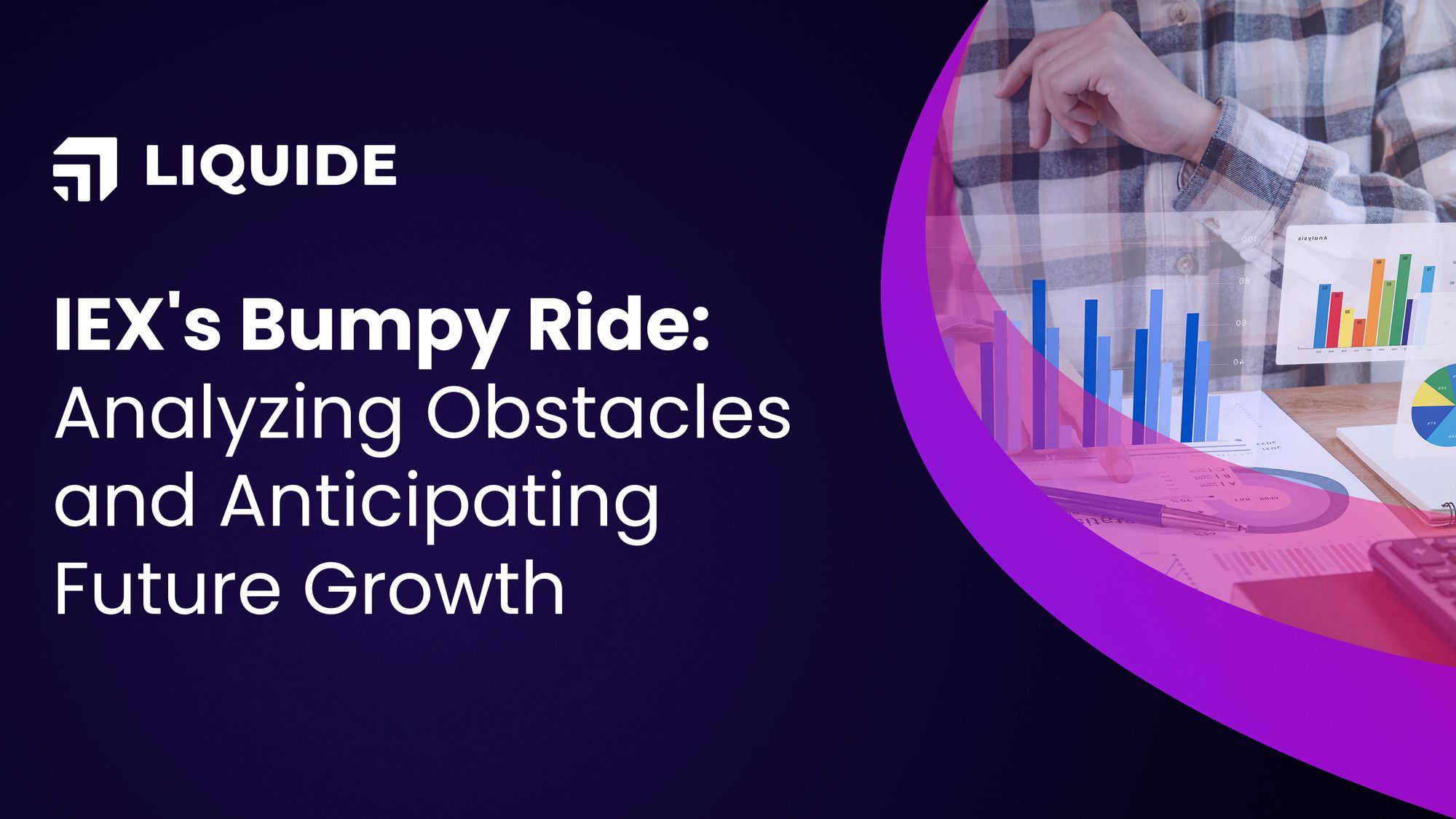Weathering the Market: An Inside Look at IEX's Setbacks and Future Outlook

The recent jolt to Indian Energy Exchange (IEX) shares might have caught many investors off guard. Last week, IEX shares plunged 20% and, compared to their peak in December 2021, they are now down by approximately 60%. This dramatic dive is largely due to a recent government directive seeking to fast-track the consultation process and finalize the implementation of “market coupling”.


What is IEX and what does it do?
As one of the three and largest, energy exchanges in India, IEX offers a nationwide, automated platform for trading electricity, renewable energy certificates, and energy-saving certificates. The exchange plays a crucial role in the price discovery of electricity. It is a major determinant in setting electricity prices. Established on June 27, 2008, IEX operates under the Central Electricity Regulatory Commission (CERC).
What is Market Coupling?
Market coupling is a process that synchronizes different electricity exchanges by matching collected bids from all power exchanges, to determine a single market clearing price for the day-ahead market (DAM) or real-time market (RTM). Basically, an independent third party will gather all buy or sell bids and work out a uniform market price across all exchanges. This establishes one reference price for all exchanges, thus levelling the playing field and eliminating barriers for new players to enter and scale up their businesses.
The goal here is to minimize price differences. Under this system, one price would be set for all exchanges, changing the current scenario where price discovery varies across platforms.
How does this impact IEX's business model?
Right now, ~94% of spot market transactions occur on IEX, making it a dominant player in the power segment. But with market coupling, the orders from different power exchanges would be combined into one single algorithm. Hence, once this mechanism rolls out, bidders might not find any specific reason to stick with IEX. This effectively eradicates IEX's unique advantage - its "moat" of price determination. With uniform prices across all exchanges, competitors like Power Exchange India and Hindustan Power Exchange stand to snatch a piece of IEX's market share.
So, is it the right time to buy IEX?
If the market coupling is implemented, IEX could lose its monopoly status and may also need to compromise on the transaction fees it charges to retain its customers, which could substantially hurt its earnings. Although the market's reaction to this news was swift and sharp, the final regulation hasn't been hammered out yet. This could be a long game, with complete implementation expected to take at least three years. The process will involve drafting consultation papers, engaging in discussions with stakeholders, and seeking necessary approvals.
However, given the current scenario, there appears to be no immediate relief in sight for IEX's stock price. Despite attempts at diversification, including forays into gas and carbon credit exchanges, these measures contribute negligibly to profits and would still require significant capital to scale to a meaningful contribution.
In conclusion, caution is advised. The prevailing regulatory uncertainties make it a risky bet. For now, it might be best to watch from the sidelines until things take a turn for the better.
Liquide is revolutionizing the way you invest by providing expert-recommended trade setups, AI-powered assistance through LiMo, portfolio health checkups, and comprehensive market analysis. With Liquide, you can explore stocks and the market with transparency, security, and real-time tracking. Choose Liquide to discover your next big investment opportunity and experience the future of investing. Download the app from the Google Play Store or Apple App Store now.

